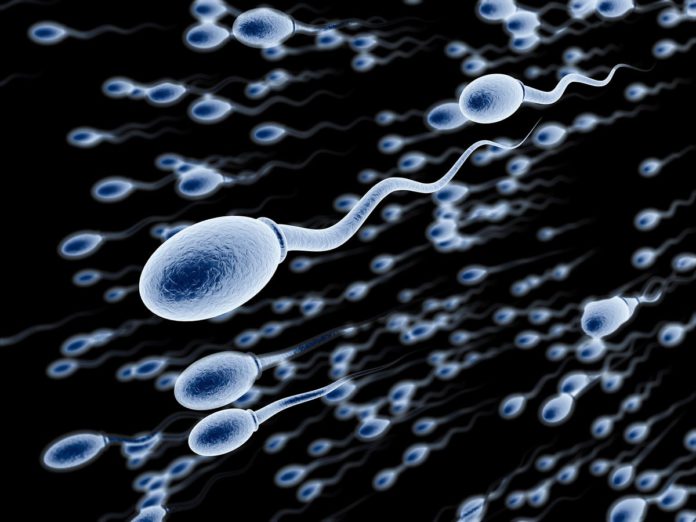If you are undergoing infertility treatments, the quality of the sperm is one of the first things doctors will want to determine.
There isn’t any single test that can predict healthy sperm.
The good news, though, is that you can have your sperm analysed fairly quickly and easily.
The clinic will ask for a sperm sample from the male partner and analyse the quality of the sperm for four general characteristics: sperm concentration, motility (which refers to how rapidly the sperm is moving in the sample—specialists like to see 40 per cent of the sperm moving forward), normal morphology (which refers to what percentage of the sperm are normal in shape) and ejaculate volume.
What matters more: count or motility?
Motility and morphology are probably the most important factors.
The concentration or count isn’t as important as long as it’s above a certain minimum level.
While there is no absolute minimum, fertility specialists generally like to see a concentration greater than 15 million per millilitre.
It’s important to remember that an individual can have a low sperm count but still have very mobile sperm.
The quantity of the sperm cells in a sample only increases the chances of conception without any reproductive help, but what ultimately ensures conception is their motility and morphology.
Is there a way to improve sperm quality?
There are certain things that you can do to avoid a decrease in sperm quality. Vitamins C and E have also been suggested to help improve the quality of sperm.
These vitamins are antioxidants and may prevent reactive oxygen damage to healthy sperm.
Extreme heat exposure isn’t good for sperm production, so males should avoid going in hot tubs or steam baths frequently or wearing tight clothing.
Sperm production really depends on the appropriate temperature for the testicles, so allowing the testicles to avoid being exposed to excessive heat is important.
Certainly, any type of exposure to toxins like cigarettes, drugs and chemotherapy can affect sperm quality and quantity.

